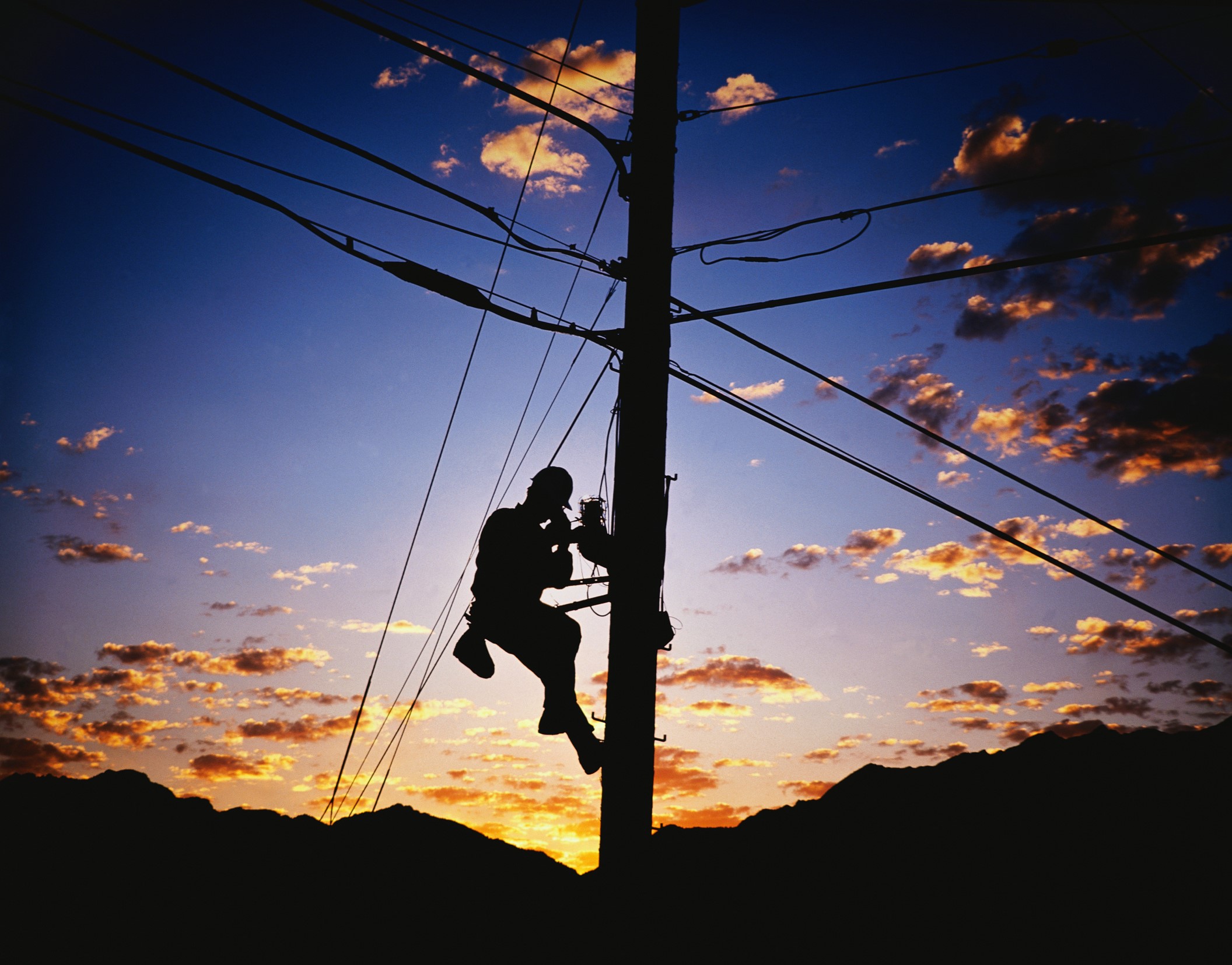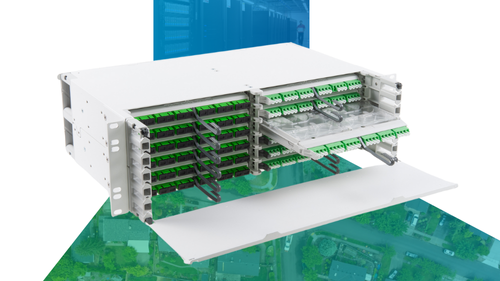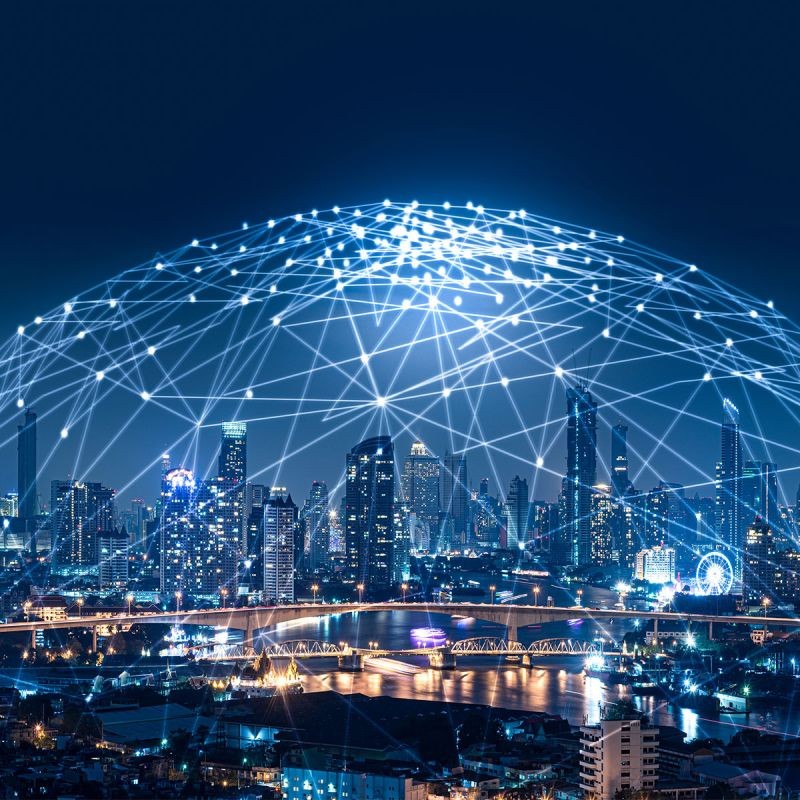To endure these conditions, networks must be built for the long haul, engineered to withstand the rigors of the real world and designed with sustainability in mind. And they must be ready and able to adapt as demands evolve.
This is the network challenge of today—and the reality we must prepare for tomorrow.
Building for what’s next
Real-world conditions don’t pause for perfection. Networks are deployed in deserts, swamps, cities and mountaintops. They face hurricanes, temperature swings, aging poles and unexpected demand surges. The best-built networks are those that anticipate the unknown. That means future-ready architectures, modular components and open, interoperable platforms that adapt over decades—not just a few quarters.
A sustainable network strategy considers the full lifecycle—from deployment to maintenance to eventual upgrades. It prioritizes passive components that won’t become obsolete, fiber pathways that can scale capacity without digging new trenches, and solutions that minimize power draw and space requirements.
In short, building networks that last is a prudent business strategy, one that delivers environmental, financial and service continuity benefits.
Sustainability starts at the foundation
As network operators expand broadband access and modernize infrastructure, sustainability is no longer a side conversation—it’s a core requirement. Environmental impact, energy efficiency and responsible materials sourcing are now essential considerations in network design. Fiber deployments, outdoor cabinets, powering solutions and transport infrastructure all play a part in a network’s carbon footprint.
Yet, sustainability isn’t just about environmental stewardship. It’s also about economic and operational endurance. A network that requires constant repair, repeated upgrades or energy-intensive equipment won’t survive the pressures of time, cost and regulation. Success depends on smarter planning; networks must be resilient from the start—and engineered to endure.
The CommScope commitment
At CommScope, we understand what it takes to build for the real world. For decades, we’ve engineered infrastructure that thrives under pressure, outlasts expectations and aligns with our customers’ sustainability goals.
Our portfolio supports sustainable network design in every aspect, providing:
- High-performance fiber solutions that reduce installation waste and support higher densities with less space and material
- Outdoor enclosures and closures tested for extreme weather, designed for easy access and minimal maintenance
- Infrastructure platforms that support open architectures and future expansion, minimizing the need for overbuilds
Ready to build a network that lasts?
Sustainability isn’t just about materials—it’s also about knowledge. That’s why CommScope empowers network professionals through our complimentary FTTmaX™ e-Learning program. With interactive modules, the FTTmaX program equips your teams with the best practices needed to deploy, operate and maintain reliable fiber-to-the-home (FTTH) networks that are built to last.
Explore our complimentary FTTmaX™ training program to learn more.
© 2025 CommScope, LLC. All rights reserved. CommScope and the CommScope logo are registered trademarks of CommScope and/or its affiliates in the U.S. and other countries. For additional trademark information see https://www.commscope.com/trademarks. All product names, trademarks and registered trademarks are property of their respective owners.










